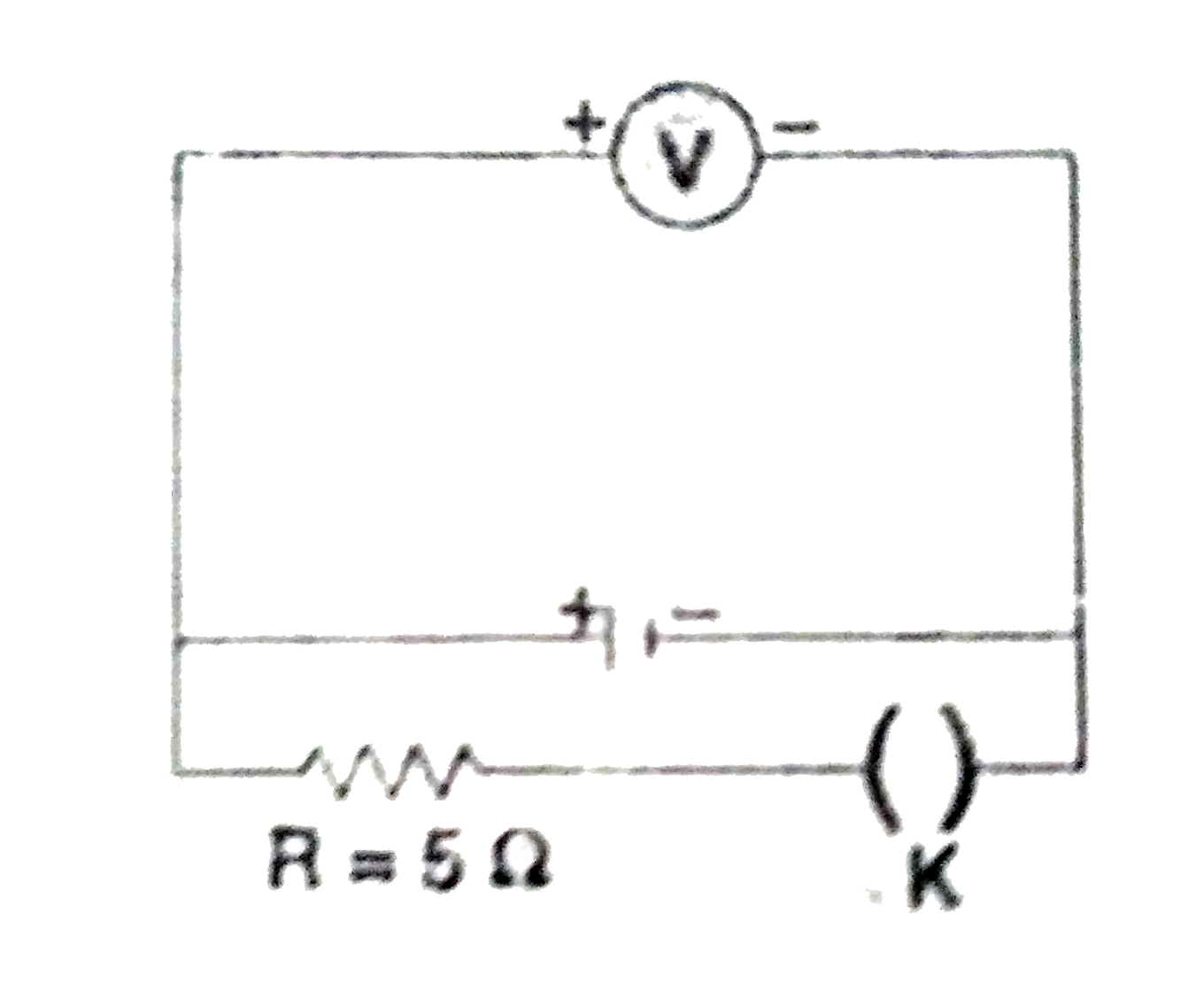List any two factors on which resistance of a wire depends on.
To determine the factors on which the resistance of a wire depends, we can analyze the formula for resistance. The resistance (R) of a wire is given by the equation:
R=ρLA
Where:
- R is the resistance,
- ρ is the resistivity of the material,
- L is the length of the wire,
- A is the area of cross-section of the wire.
From this formula, we can identify two key factors that affect the resistance of a wire:
1. Length of the Wire (L): The resistance of a wire is directly proportional to its length. This means that as the length of the wire increases, the resistance also increases.
- Explanation: A longer wire provides more material for the electrons to collide with, which increases resistance.
2. Area of Cross-Section (A): The resistance of a wire is inversely proportional to the area of its cross-section. This means that as the area increases, the resistance decreases.
- Explanation: A larger cross-sectional area allows more electrons to flow through simultaneously, reducing resistance.
Summary of Factors:
- Factor 1: Length of the wire (L) - Resistance is directly proportional to L.
- Factor 2: Area of cross-section of the wire (A) - Resistance is inversely proportional to A.
- R is the resistance,
- ρ is the resistivity of the material,
- L is the length of the wire,
- A is the area of cross-section of the wire.
- Factor 1: Length of the wire (L) - Resistance is directly proportional to L.
- Factor 2: Area of cross-section of the wire (A) - Resistance is inversely proportional to A.
Similar Questions
Write any two factors on which internal resistance of a cell depends
View SolutionDefine electric resistance of a conductor?
(b) List two factors on which resistance of a conductor depends.
(c ) Resistance of a metal wire of length 1m is 104Ω at 20∘C. IF the diameter of the wire is 0.15mm, find the resistivity of the metal at that temperature.
View Solution
Knowledge Check
Specific resistance of a wire depends on its
AmassBlengthCarea of cross-sectionDnone of theseThe resistivity of a wire depends on its
AlengthBarea of cross-sectionCshapeDmatericalThe resistivity of a wire depends on its
ALengthBArea of cross-sectionCShapeDMaterial
What is the resistance of a conductor ? State the factors on which resistance of a conductor depends? How is it related to conductivity of the conductor?
View SolutionWrite any two factors on which internal resistance of a cell depends .The reading on a high resistance voltmer,where a cell is connected across it , is 2.2 V. When the terminals of the cell are also connected to a resistance of 5 Ω as shown in the circuit , the voltmeter reading drops to 1.8 V .Find the interval resistance of the cell.

View SolutionWrite any two factors on which internal resistance of a cell depends . The reading on a high resistance voltmeter , when a cell is connected across it , is 2.0 V . When the terminals of the cell are also connected to a resistance of 3Ω as shown in the circuit , the voltmeter reading drops to 1.5 V . Find the internal resistance of the cell.
View SolutionDefine resistance of a conductor. What is its cause? Explain the factors on which the resistance of a conductor depends.
View SolutionWhat is electrical resistivity of a material? What is its unit? Describe an experiment to study the factors on which the resistance of conducting wire depends.
View Solution